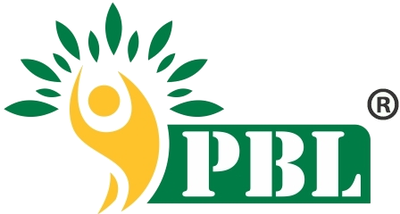

- Home
- Companies
- Peptech Biosciences Ltd. (PBL)
- Products
- PBL - Azadirachtin Substance
PBL - Azadirachtin Substance
Azadirachtin, a substance extracted from neem seeds, is the primary insecticidal compound found in neem oil. Azadirachtin (Technical) is used as the basic raw material in the formulations of Neem based bio-pesticides, herbal preparations and plant care products.
Azadirachtin based pesticides are one of the most effective broad spectrum bio-pesticides. Azadirachtin together with other constituents of Neem seeds exhibits insect repellant, antifeedant and insect growth regulator properties.
Mode of Action:
Azadirachtin’s primary mode of action is as an antifeedant, but it also disrupts normal insect growth/molting, repels larvae and adults, sterilizes adults and deters egg laying.
Formulations available with us:
- Azadirachtin 0.03% EC (300ppm)
- Azadirachtin 0.3% EC (3,000ppm)
- Azadirachtin 0.15% EC (1500ppm)
- Azadirachtin 1% EC (10,000ppm)
- Azadirachtin 5% EC (50,000ppm)
- Azadirachtin 10% EC (1,00,000ppm)
Target Pest:
Azadirachtin is a broad spectrum pesticide which affects over 600 species of pests including insects, nematodes, fungi, and viruses, and is completely safe to non-target organisms like beneficial predators, honey bees, pollinators, fish, birds, cattle, and human beings.
Target Plants:
Fruits, vegetables and plantation crops, greenhouses, turf, outdoor ornamentals and agricultural crops such as sugarcane, paddy, cotton and tea.
Dosage:
- 0.03% EC: 2.0-2.5 litre/acre
- 0.15% EC: 1.0-1.5 litre /acre.
- 0.3%EC: 600-750 ml/acre
- 1.0% EC: 400-500ml/ acre.
- 5% EC: 200- 250 ml/acre
- 10% EC: 100-150 ml/acre
- Produce a great variety of secondary metabolites potentially applicable in IPM programs.
- It is a broad spectrum of active action on more than 600 pest species.
- Its chemical complexity minimizes the potential risk of insect resistance.
- Azadirachtin is very well-received by the root system, and, subsequently, it is systematically distributed through the xylem into the green parts of plant tissues and stored in leaves in an unchanged form.
- It is harmless to non-target and beneficial organisms like earthworm, honey bees, mammals and other vertebrates.
- Safe to use with conventional and special fertilizers simultaneously.
- It is organic, non-toxic, 100% biodegradable and eco-friendly.
